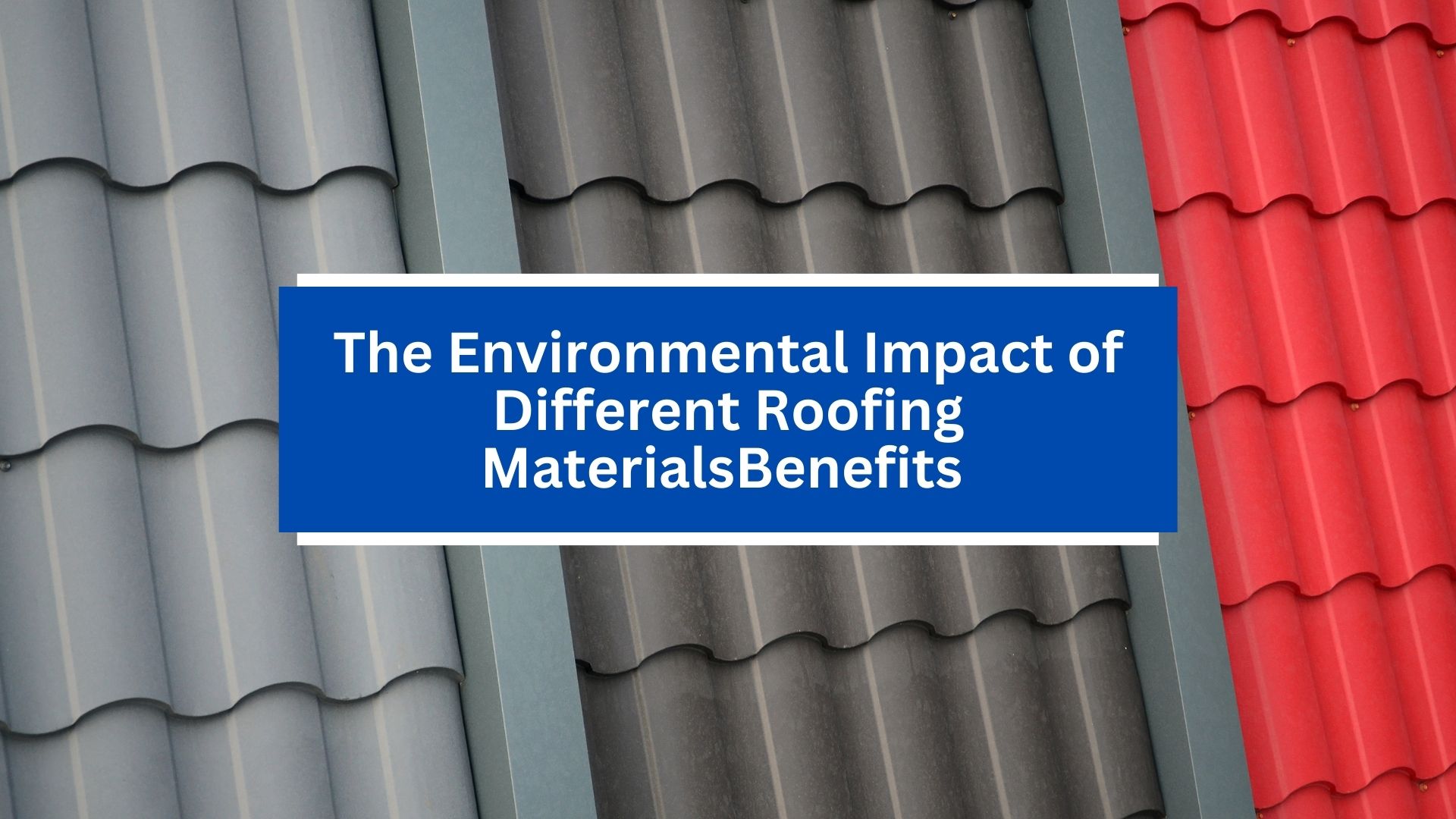The choice of roofing material can have a significant impact on the environment, from production and installation to maintenance and disposal. As sustainability becomes increasingly important in construction and home improvement, understanding the environmental footprint of different roofing materials is essential for homeowners. In this blog post, we’ll explore the environmental impact of various roofing materials and discuss their pros and cons in terms of sustainability.
Asphalt Shingles:
Asphalt shingles are the most commonly used roofing material in North America due to their affordability and ease of installation. However, they have a significant environmental impact. Asphalt shingles are made from petroleum-based materials and are non-biodegradable, contributing to landfill waste. Additionally, the production process involves high energy consumption and greenhouse gas emissions.
Metal Roofing:
Metal roofing, including steel, aluminum, and copper, offers several environmental benefits. Metal roofs are highly durable, with a lifespan of 50 years or more, reducing the need for frequent replacements and minimizing waste. They are also recyclable at the end of their lifespan, making them a sustainable option. However, the production of metal roofing materials requires significant energy inputs, and certain coatings may contain toxic chemicals.
Clay and Concrete Tiles:
Clay and concrete tiles are durable, long-lasting roofing materials that offer excellent insulation and fire resistance. They are made from natural materials and have a relatively low environmental impact compared to asphalt shingles. However, the production process involves high energy consumption, and transportation costs can be significant due to their weight.
Wood Shingles and Shakes:
Wood shingles and shakes offer a natural, rustic aesthetic and are biodegradable at the end of their lifespan. However, they require sustainable forestry practices to minimize environmental impact. Additionally, wood roofing materials are prone to decay, mold, and fire, requiring regular maintenance and treatment to prolong their lifespan.
Green Roofing Systems:
Green roofing systems, such as living roofs and rooftop gardens, are gaining popularity for their environmental benefits. They help reduce urban heat island effect, improve air quality, and provide habitat for wildlife. However, green roofs require specialized construction and maintenance, and the additional weight may require structural reinforcement.
Conclusion:
When choosing a roofing material for your home, it’s essential to consider not only aesthetics and durability but also environmental impact. While no roofing material is entirely without environmental consequences, some options are more sustainable than others. At MD Roofing Ltd., we can help you weigh the pros and cons of different roofing materials and choose the best option for your home and the environment. Contact us today to learn more about our sustainable roofing solutions and how we can help you reduce your carbon footprint.


